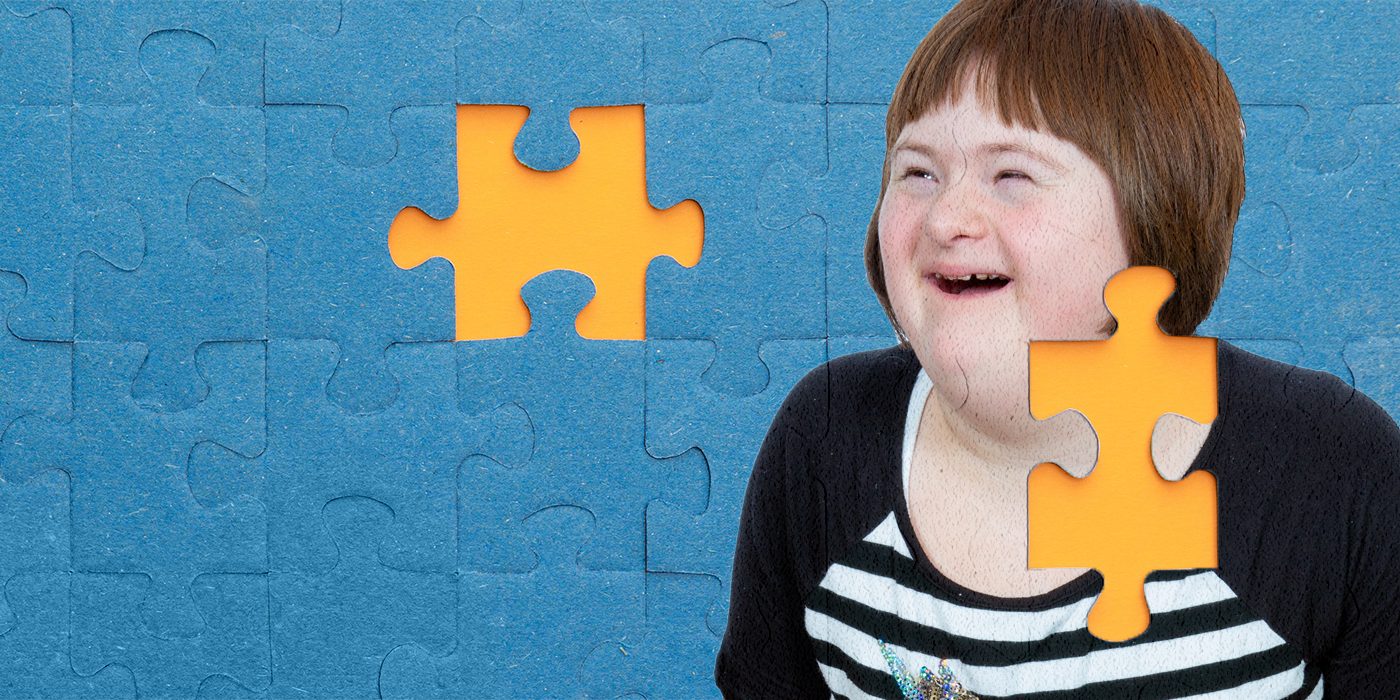The Duty of Education in Supporting Pupils with Autism: Finest Practices
The Duty of Education in Supporting Pupils with Autism: Finest Practices
Blog Article
Discovering Autism: Techniques for Effective Communication and Communication
Reliable interaction and communication with people on the autism range necessitate a detailed understanding of their one-of-a-kind needs and preferences. Strategies such as using clear language, using visual assistances, and promoting consistent routines can dramatically enhance engagement and decrease stress and anxiety. Moreover, recognizing the value of non-verbal signs and shared interests leads the way for meaningful connections. Nonetheless, the complexities of these strategies expose further factors to consider that warrant exploration, particularly in just how they can be adjusted to specific experiences and diverse contexts. What might these adjustments appear like in technique?
Understanding Autism Range Disorder
Autism Spectrum Problem (ASD) encompasses a variety of neurodevelopmental problems defined by obstacles in social interaction, communication, and repeated actions. The term "spectrum" shows the varied indications and varying levels of severity experienced by people with ASD. While some may display considerable impairments, others may show high-functioning characteristics, permitting better freedom in day-to-day live.
The onset of ASD usually happens in early childhood years, with indications commonly identifiable by age 2. Very early signs might consist of delayed speech development, restricted eye call, and troubles in understanding social cues. The precise etiology of ASD continues to be uncertain, research study recommends a mix of hereditary and ecological variables plays an important role in its growth.
People with ASD commonly possess special strengths, such as enhanced attention to information and exceptional memory abilities. Nonetheless, they may battle with comprehending abstract principles and handling changes to routine. As an outcome, treatments and support customized to specific demands are crucial for fostering interaction and social abilities. Acknowledging the intricacy of ASD is vital for advertising awareness, approval, and efficient strategies that assist in meaningful communications with people on the spectrum.

Value of Clear Communication
Effective interaction is essential for fostering understanding and link, especially for people with Autism Spectrum Disorder (ASD) Clear interaction not only assists in social communications however also enhances the individual's capacity to express their emotions, demands, and thoughts. For individuals with ASD, the subtleties of language can often be challenging; therefore, utilizing unambiguous and simple language is important.
Moreover, clear interaction helps lower frustration and stress and anxiety that might develop from misunderstandings. When messages are shared in a straight and constant manner, individuals with ASD are much better furnished to interpret details precisely, which can dramatically boost their social involvement and involvement in numerous settings.
Developing regimens and utilizing visual supports can additionally boost clear communication. These approaches offer people with predictable structures that help comprehension and retention of information. In addition, proactively being and paying attention person throughout communications promotes a supportive atmosphere where people with ASD really feel valued and recognized.
Eventually, focusing on clear communication not only empowers people with ASD however likewise cultivates more meaningful links with their peers, caregivers, and the bigger area, leading the way for inclusive interactions and joint relationships. - autism
Non-Verbal Communication Techniques
Interaction prolongs past words, and for individuals with Autism Spectrum Condition (ASD), go to this website non-verbal signs play a significant duty in interactions. Non-verbal interaction methods can consist of facial expressions, motions, body language, and eye call, all of which act as essential elements for conveying emotions and purposes.
Recognizing and interpreting these he has a good point non-verbal signals can enhance interactions with people with ASD. For instance, a cozy smile or open stance can produce an inviting atmosphere, encouraging engagement. Making use of visual aids-- such as image cards or symbols-- can bridge interaction voids and assist communicate messages more successfully.
It is likewise crucial to be conscious of individual room, as individuals with ASD may have various comfort degrees relating to proximity. Observing their reactions to physical closeness can educate suitable adjustments.

Developing Helpful Environments
Developing a supportive atmosphere is crucial for fostering positive interactions and improving the health of individuals with Autism Range Disorder (ASD) Such atmospheres can considerably minimize stress and anxiety and create a feeling of security, permitting individuals to share themselves extra freely.
To accomplish this, it is important to take into consideration sensory level of sensitivities that individuals with ASD may experience. Changing the physical area to include soft illumination, marginal history noise, and comfy seating can create a relaxing atmosphere. Furthermore, using constant regimens and clear aesthetic timetables can assist people expect transitions and reduce uncertainty, further promoting convenience.
Social areas should be structured to lessen frustrating stimuli while giving possibilities for engagement in recommended tasks. Helping with locations designated for peaceful time can likewise work as a refuge throughout minutes of anxiety. Importantly, integrating elements of option encourages individuals, enabling them to work out company in their environment.

Urging Social Interactions
Cultivating social communications among individuals with Autism Range Problem (ASD) needs willful strategies that focus on comfort and engagement. Developing foreseeable routines can aid lower anxiousness, making social setups extra approachable. Developing structured environments with defined roles and responsibilities permits individuals to engage without the overwhelming stress of unstructured social dynamics.
Incorporating interests and staminas right into social tasks can serve as a stimulant for communication. Arranging group activities around shared pastimes or topics of his comment is here fascination can facilitate all-natural conversations and connections. Additionally, making use of visual assistances, such as pictorial schedules or social manuscripts, can aid in understanding social hints and expectations.
Modeling appropriate social behaviors is essential - autism. Peers and adults need to show reliable interaction techniques, consisting of energetic listening and turn-taking. Role-playing situations can additionally offer a secure space for people to practice these skills
Lastly, cultivating peer relationships with comprehensive practices is essential. Motivating comprehensive playdates or team trips can develop opportunities for socialization in a comfortable setup. By implementing these techniques, caretakers and instructors can substantially improve social communications for people with ASD, promoting their overall social advancement and wellness.
Verdict
To conclude, efficient communication and interaction strategies are vital for sustaining people with Autism Range Condition. Highlighting clear language, including non-verbal hints, and developing foreseeable regimens considerably boost interaction and minimize anxiousness. Developing supportive atmospheres fosters safe social communications, while urging shared rate of interests assists in purposeful connections. Inevitably, these approaches empower individuals with autism to navigate social landscapes, advertising their overall wellness and allowing the growth of long-term relationships.
Efficient interaction and communication with individuals on the autism range necessitate a detailed understanding of their distinct requirements and choices. Clear communication not only facilitates social communications but additionally improves the individual's ability to share their thoughts, requirements, and emotions.Fostering social interactions amongst individuals with Autism Spectrum Condition (ASD) needs intentional methods that focus on comfort and engagement. By carrying out these strategies, caregivers and instructors can dramatically improve social communications for people with ASD, promoting their general social development and health.
In final thought, effective communication and interaction techniques are crucial for sustaining people with Autism Spectrum Condition.
Report this page